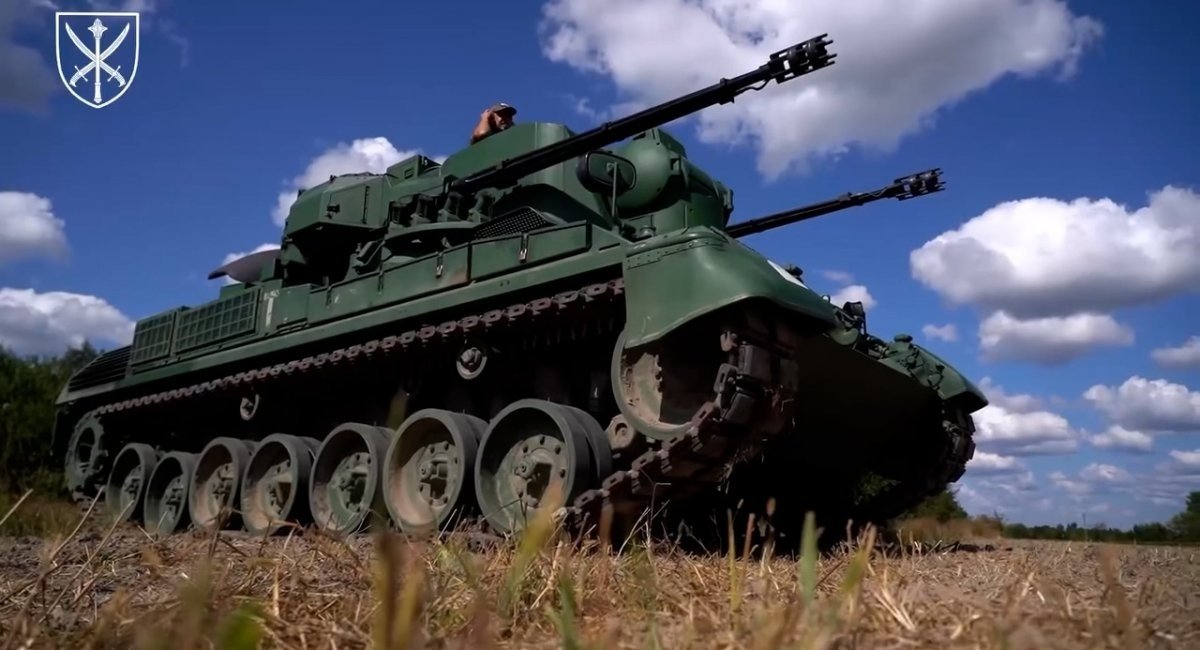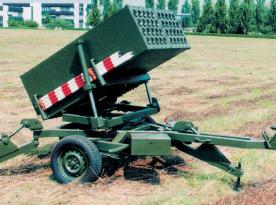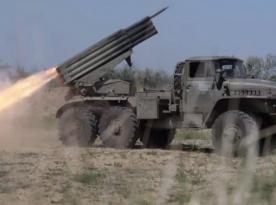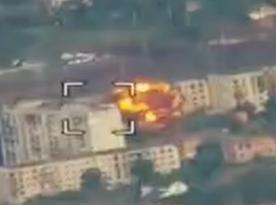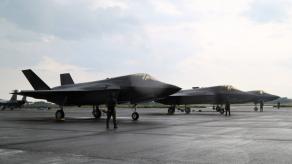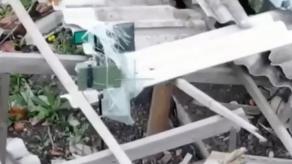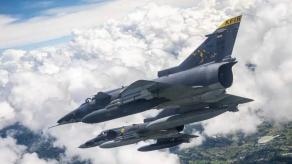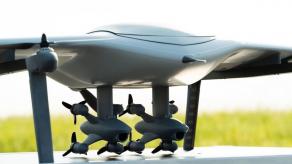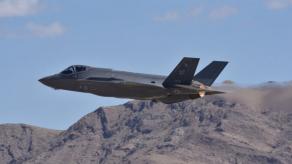Long decommissioned in homeland, the German Gepard self-propelled anti-aircraft artillery system was initially expected to face difficulties in finding a place in the Ukrainian military because it was created primarily against helicopters and attack aircraft. However, the gun proved very effective in countering Shahed-136/131 loitering munitions and capable of intercepting cruise missiles.
Moreover, practice shows Gepard is also very efficient in terms of ammo spending, it is especially important when it comes to taking down low-cost winged munitions, as it takes only a few bursts to eliminate one. One of the episodes demonstrating the real effectiveness of this air defense system was shared by Ukrainian operators in a video interview.
Read more: First Batch of new Gepard Ammo Ships to Ukraine - Rheinmetall
The gunner of the Gepard system, call sign Tom, says the crew receives information about the targets' movement vector and departs for interception. Worth noting, the range of 35mm automatic guns against aerial targets is up to 3.5 km (~2.2 mi) with standard ammunition or 5.5 km (3.4 mi) against on-ground targets with armor-piercing ammunition.
That said, the firing spot for Gepard must be calculated precisely. The mobile air defense is constantly changing positions over a day to neutralize as many incoming threats as possible.
The video also contains footage of Gepard from inside while shooting, we can see the display of the radar at this moment. Despite the old-looking analog interface, the operational parameters of the Siemens MPDR 12 are fairly high-quality. It's not just about the range of target detection of 15 km (>9 mi) but also the fact the target can be identified, especially when it comes to repelling drones.
Not just Shaheds are perfectly visible but the rounds fired by Gepard, too. Note: this is still a surveillance radar:

We should also remind that Gepard has a built-in ballistic computer that manages the shooting all on its own, including the calculations of the target's flight trajectory. The input data is received from a target tracking radar and a laser rangefinder (in the Gepard B2L version) installed in front of the twin-gun.
These calculations are supplemented by the precisely measured velocities of the fired rounds, provided by special sensors located on the barrels. The result we can see in the video: a target got destroyed in two short bursts. The most impressive about all this is the fact this anti-aircraft system was designed back in the 1970s, modernized in the 1980s.
Read more: Ukraine Achieved a Record Number of Shahed Drone Takedowns, While the Occupiers Relocated Some of the Ships Armed With Kalibr Missiles to Feodosia




